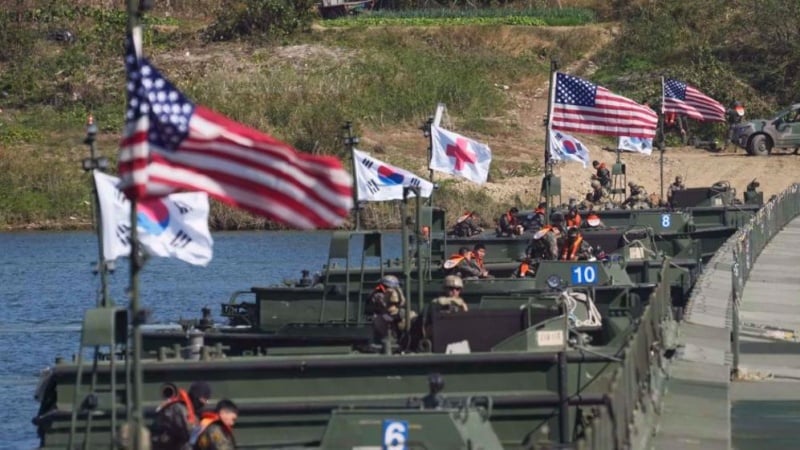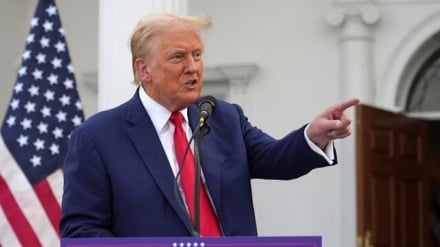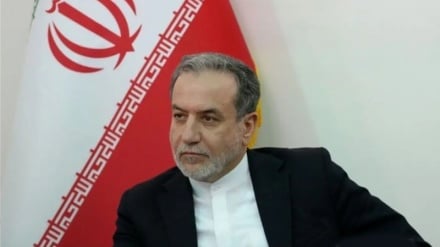South Korea, US considering live-fire drills
South Korea and the United States are considering staging their first large-scale, joint live-fire drills in six years in 2023 as Seoul and Washington strengthen security coordination against North Korea.
According to Press TV, South Korea’s Defense Ministry Spokesperson Jeon Ha-gyu said on Thursday the drills have been floated as South Korea and the United States discuss preparations for the 70th anniversary of their alliance next year.
“Marking that occasion, we are exploring various ways to showcase our military’s presence and the alliance’s overwhelming deterrence capabilities against North Korea,” Jeon said, adding “a combined joint live-fire demonstration can be one of the options.”
Such an exercise usually involves thousands of troops as well as artillery pieces and other formidable weapons systems to highlight the allies’ combined firepower.
On Tuesday, the United States flew F-22 Raptor stealth fighters for joint drills with South Korea for the first time since 2018, hours after North Korea criticized both countries and vowed more missile tests.
“The South and the US will further solidify the combined defense posture of the South Korea-US alliance regarding the North’s nuclear and missile threats by continuing to strengthen the alliance’s capabilities and posture, including the US’ extended deterrence,” the Ministry said on Tuesday.
North Korea has tested a number of missiles this year, including an intercontinental ballistic missile (ICBM) capable of reaching the US mainland.
Last month, North Korea test-fired its longest-range liquid-fueled Hwasong-17 ICBM, which landed just 200 kilometers off Japan. Dubbed the “monster missile,” it is designed to carry multiple warheads.
The United States and South Korea have been claiming for months that North Korea is preparing to conduct its seventh nuclear test and therefore enhanced their combined defense capability in the face of North Korea’s advancing nuclear program.
Last week, the US military formally launched its second regional Space Force command on foreign soil in South Korea in order to monitor, detect, and track incoming missiles and to bolster the US military’s overall space capability.
ME



